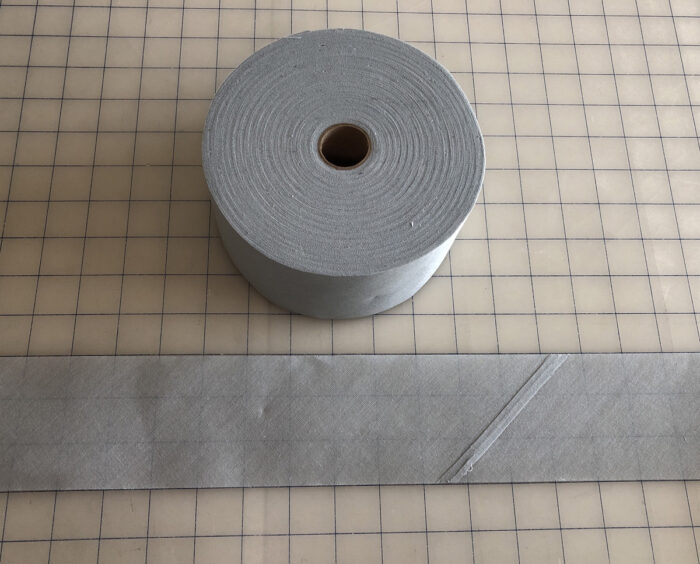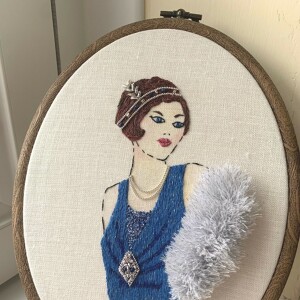Hem Interfacing: Old School and New School Techniques

Adding hem interfacing to your garments stabilizes the hem areas, helps the garments hang properly, and adds to their longevity. If you take the time make your own clothes and choose good-quality fabrics, you want them to last. And, while there’s no pressure to sew everything perfectly, learning to finish and press well are key elements to getting superb results.
Traditional and modern hem interfacings
There are a couple methods to choose from when interfacing the hems of me-made garments. I like to refer to them as “old school” and “new school” techniques.
Old school methods are time-honored tailoring techniques. They involve the use of bias-cut hair canvas or wigan (manufactured and on a roll). Silk organza, muslin, organdy, and other similar fabrics may be used, too, depending on the weight of fabric to which they’re applied. These types of interfacings are hand-sewn onto the hem areas of jacket or coat hems, skirts, dresses, and sleeves. They are pinned and catchstitched or blind-hem stitched in place.
New school methods, used in modern tailoring techniques, involve the use of fusible interfacings. The proper use of better-quality knit fusible products adds stability without sacrificing the quality of the finished garment. The manufacturer generally give tips for best results.
I recommend Fashion Sewing Supply as a source for all hem interfacings.
Types of hem interfacing
Wigan
Made of a crisp cotton or a blend and used as a sew-in stabilizer for garment hems, wigan is cut on the bias. It cushions the finished hem and enables the garment to hang better, with a softer hemline fold. I prefer to use the 3-inch-wide version, shown, to help keep the hand-stitched hem from showing on the outside of the garment. Wigan is also sold 2 inches wide.

Hair canvas
This woven interfacing, generally sold…
Start your 14-day FREE trial to access this story.
Start your FREE trial today and get instant access to this article plus access to all Threads Insider content.
Start Your Free TrialAlready an Insider? Log in


































Log in or become a member to post a comment.
Sign up Log in